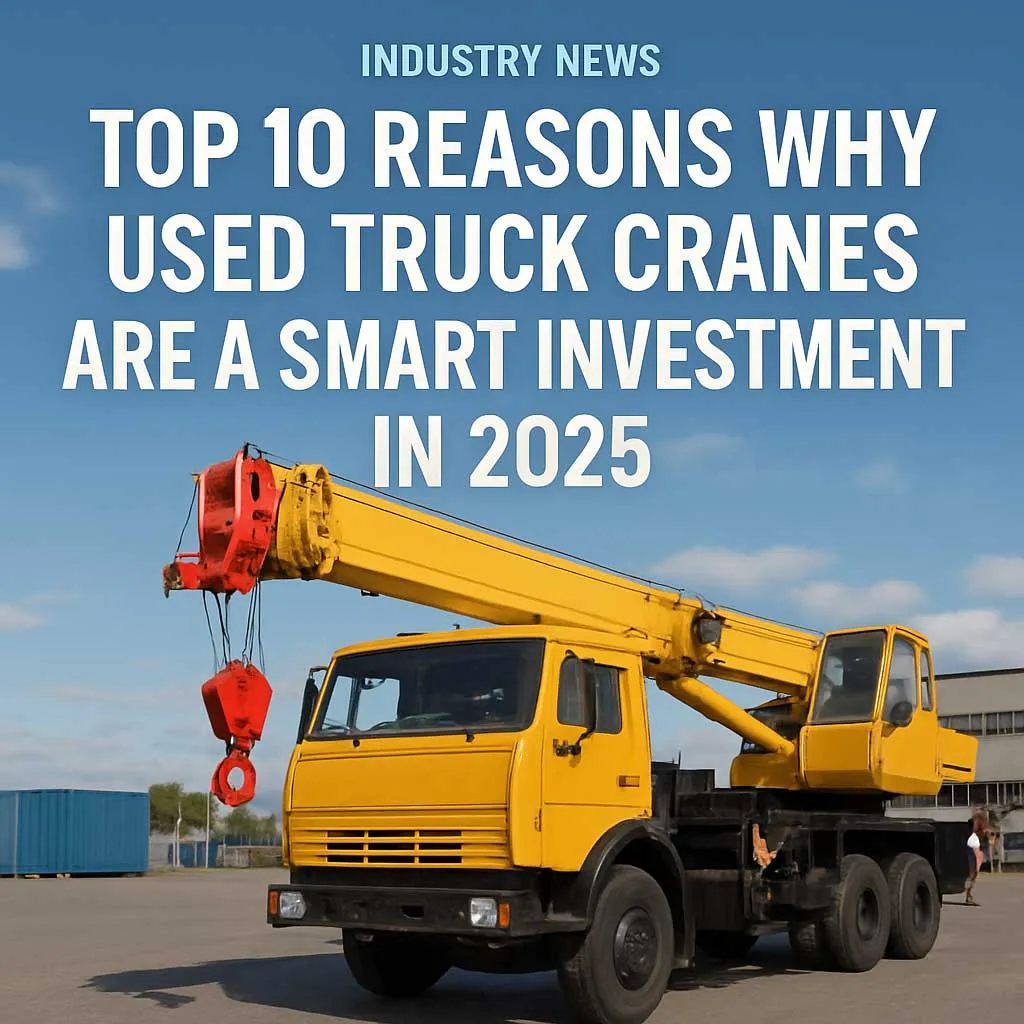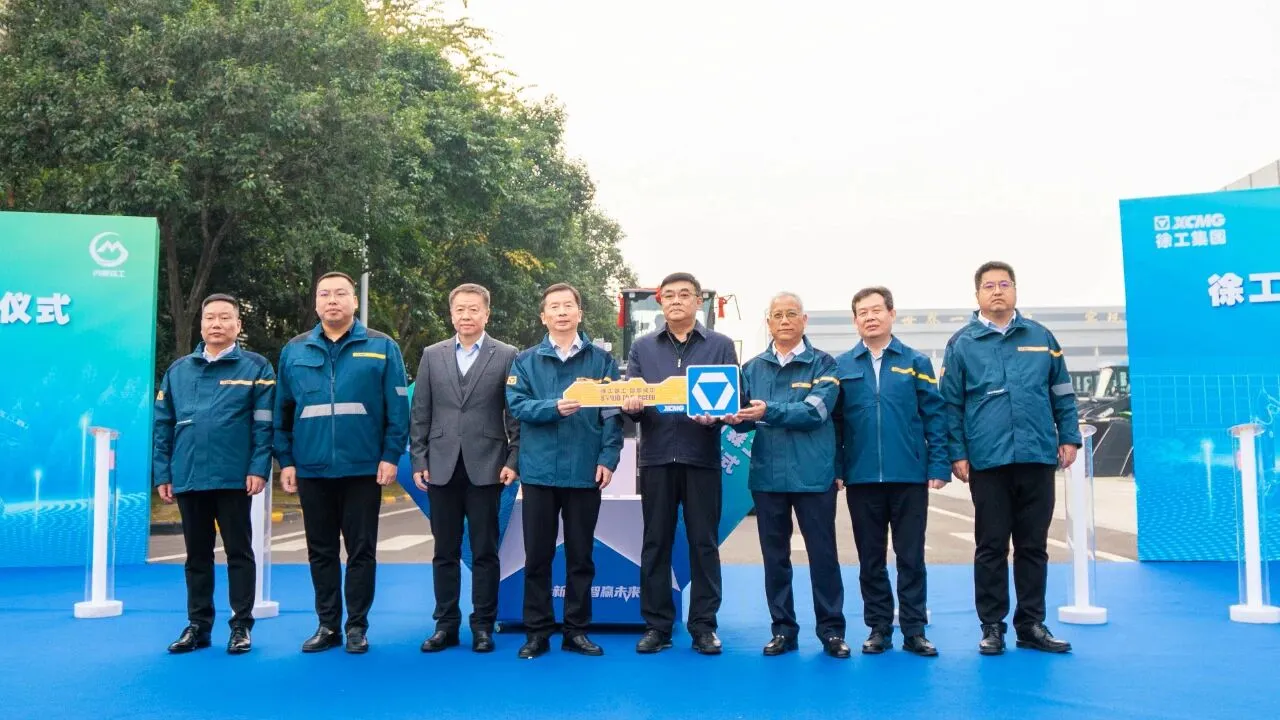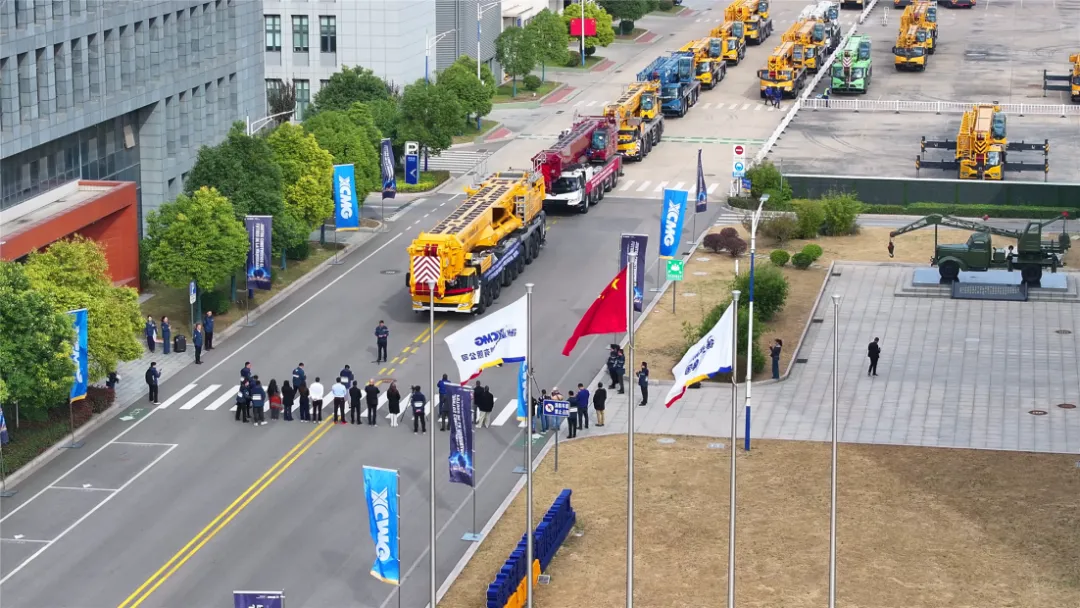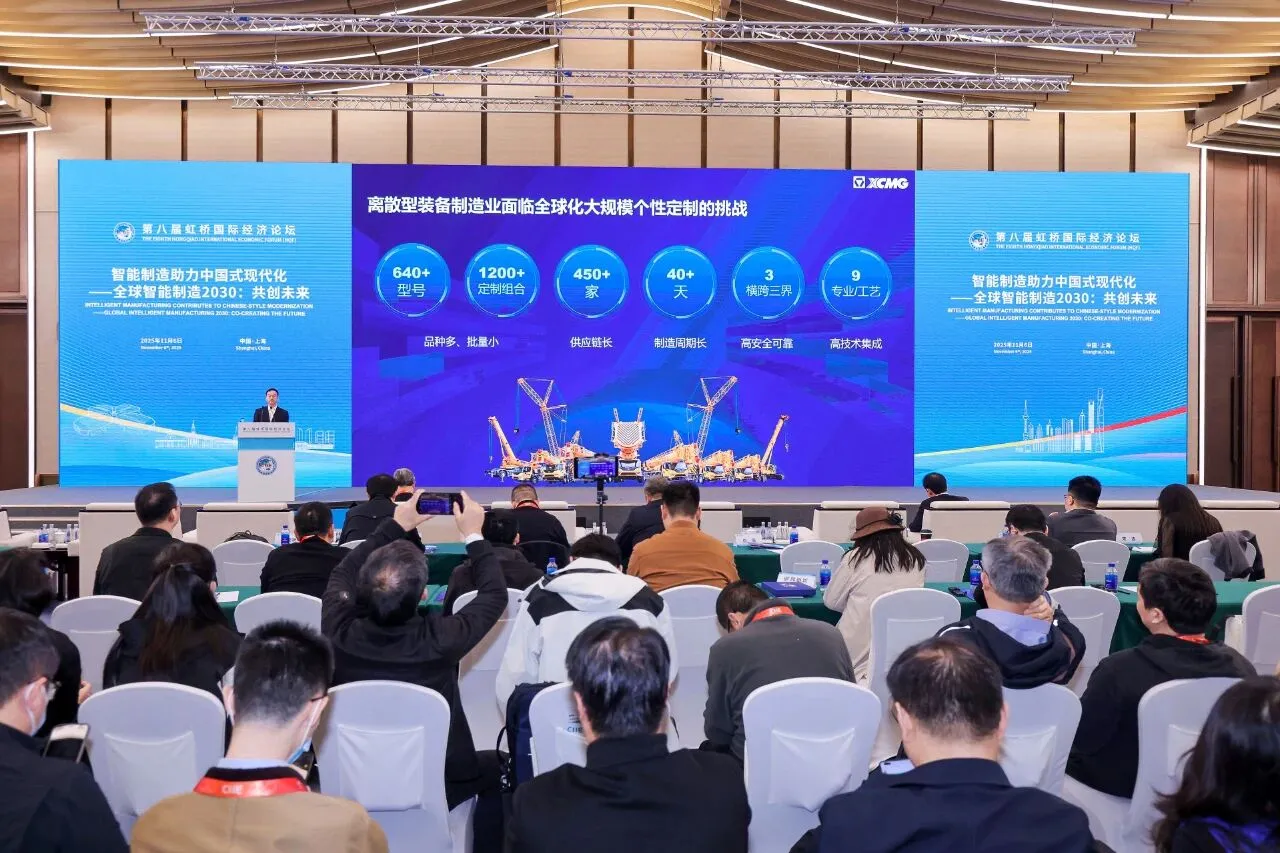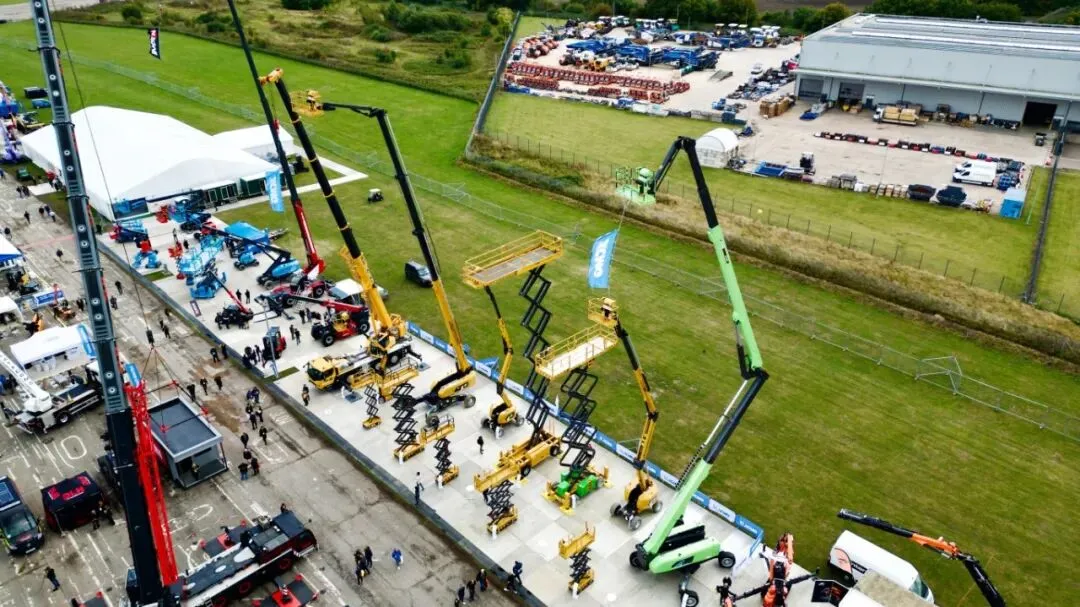How Geofencing and Virtual Fencing Improve Excavator Safety and Performance
Excavators tend to be one of the flagship machines in any construction
fleet. This means that there is considerable interest from the machine owners
and the operators any time that new technologies or features are developed that
promise to enhance a machine’s capabilities.
“Whether it’s road building, site development, underground
utilities—you name it—the excavator is typically the lead machine on the
jobsite. So, the excavator operator is usually one of the more experienced
operators on the jobsite—coordinating this orchestra of work happening around
them,” states Justin Steger, solutions marketing manager for Site Development
and Underground at John Deere.
Given their importance, OEMs have devoted considerable resources to
developing high-tech tools to enhance excavator performance and safety.
One of these tools, virtual fencing, has recently become an
increasingly common feature in controls offerings from the major machinery
manufacturers. Another technology, geofencing, is also quickly gaining
widespread acceptance in excavator circles.
While they may sound similar in name, there is a core, and significant,
difference between the two. Put simply, geofencing is about setting machine
perimeters while virtual fencing is about setting machine parameters.

Virtual fencing allows the operator to program in height, depth, and
width limits on their machine to prevent boom, bucket, arm, cab, or body
overreach. If a pre-determined boundary is attained, an audio or visual alarm
is activated. On some systems, the machine may also be automatically slowed
down.
Geofencing involves programming a “digital barrier” around a machine or
worksite to track movement.
“Geofencing is separate from virtual fencing technology. Geographic
or geofencing is done through telematics. It’s looking at the machine GPS
coordinates for location; where the machine is at,” explains Steger.
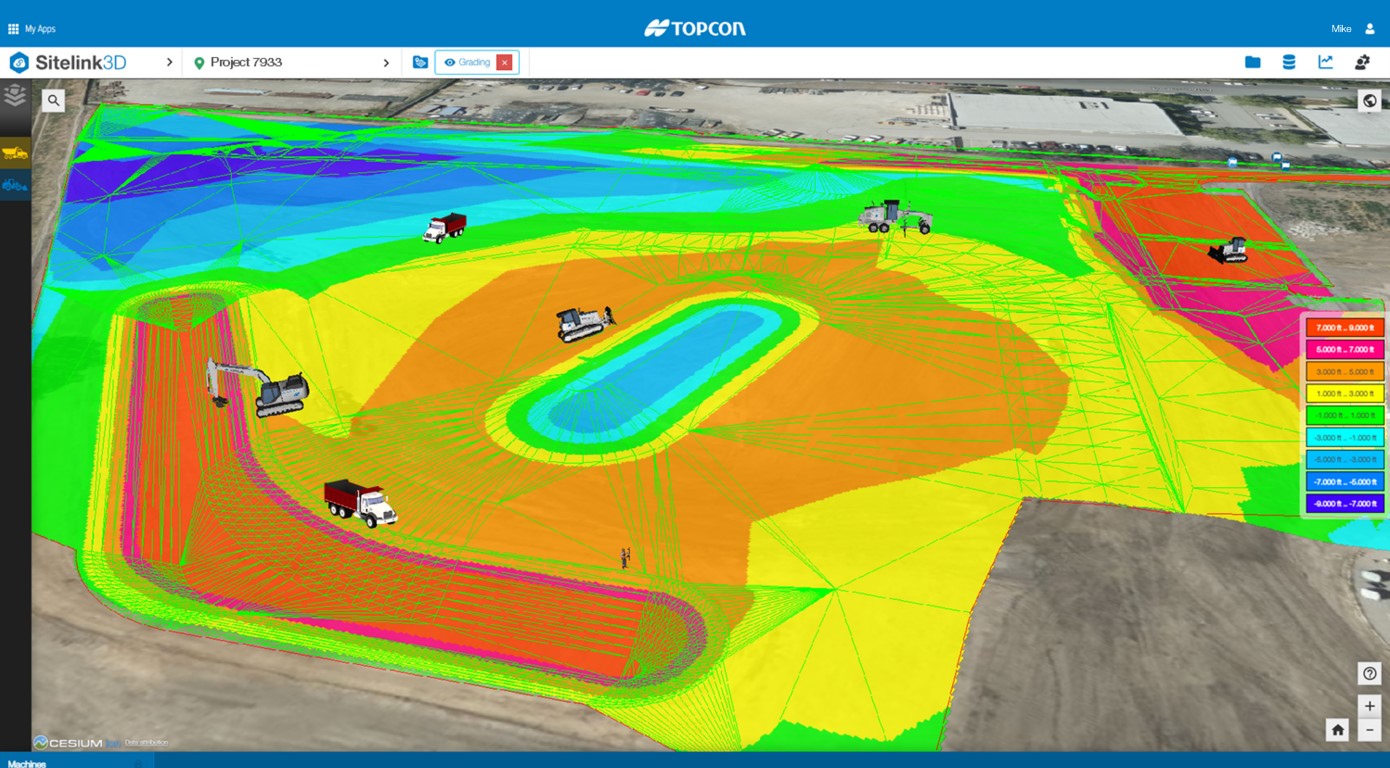
“If you put a geofence around your jobsite, and a machine leaves the
jobsite, the system will send alerts,” explains Mike Wehling, product manager
for Sitelink3D Services at Topcon Positioning Systems, as he outlined the
obvious benefits of geofencing.
“It will also ping wherever that machine is, once outside the
geofence. You will continue to get updated positioning as where the machine
is,” he adds. “If someone is hauling it to Mexico, you’re going to be able to
track it.”
In November of last year, Topcon released MC-Max machine control for
dozers and excavators. Based on the company’s MC-X machine control platform and
backed by Sitelink3D, MC-Max offers automatic bucket and blade control and
remote monitoring capability.
